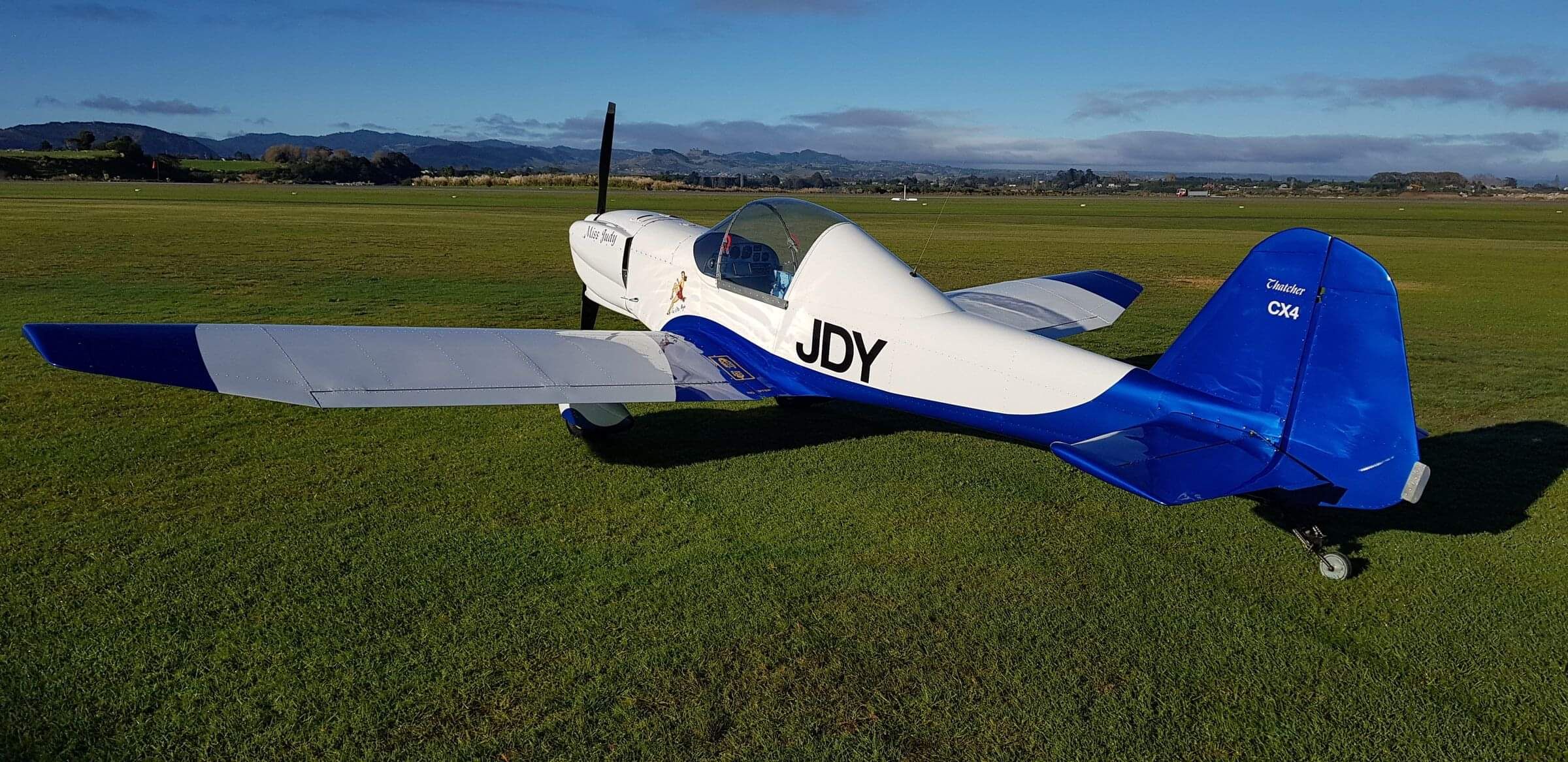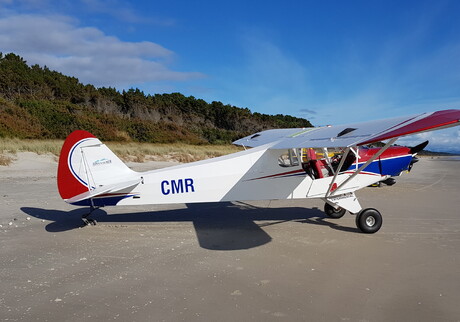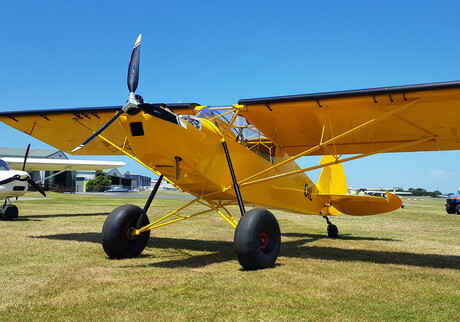
TAIL DRAGGERS AND STOL AIRCRAFT
We are passionate about tail wheeled aircraft and what they can teach adventurous pilots. Looking through some of the projects we have been fortunate to be involved in shows that we have had the opportunity to test some of our theories of what makes for a good STOL aircraft.
Coming soon we will be organising a STOL competition event. This will be roughly based on what is happening in the USA at present, but tailored to work within the rules here in New Zealand. Keep an eye on this page for further developments.
In the links below are some useful information, some really old advertisements of tail wheel aircraft and a brief explanation of the meaning of taildragger and STOL.
Enjoy the reading and if you have anything old you want to share send it to me and I will post it on the site.

What is a tail dragger and why do they make good STOL (short take off & landing) aircraft?
There are two main types of undercarriage systems used today, one the more commonly seen is aircraft with a nose wheel. This came about as the manufacturers wanted to make the training of pilots easier and give better visibility to the pilot when on the ground.
However, in the beginning of time - well certainly for aviation more so than mankind - aircraft proudly sat on two main wheels with a smaller wheel at the rear. Hence the nickname taildragger.
So what is STOL (short takeoff and landing)?
STOL aircraft only require short runways for takeoff and landings. STOL aircraft are normally fitted with various features to aid their quest for slow controllable flight so they can take advantage of unformed runways such as riverbeds, ice, bush strips, farmers’ fields etc.
STOL aircraft are not just fun toys; they are commercial aircraft specially designed to get into difficult places in order to support hard to reach communities with essential services.
So why do tail draggers make good STOL aircraft?
There is a little more to the story than just being a taildragger. Further consideration is also where the wing is positioned, the type of flaps you have fitted, and undercarriage installed. A more correct statement would be that high wing aircraft in a taildragger configuration makes for a good STOL aircraft.
So are all STOL aircraft tail draggers?
To tell you the truth, no, but a large number are.
Why are high wing tail draggers more suited to the role of STOL work?
It is the fact that to get airborne quickly you need the wing to be presented to the RAF (Relative Airflow) at a high angle of attack while running down the runway. To achieve this with a nose wheel aircraft you need to be dragging your tail on the ground - not a good look or sound from inside the aircraft and it makes the passengers nervous.
Also high wing airplanes have their centre of lift above the lateral centre of rotation. This means most of their mass is below the wing. This helps longitudinal and lateral stability at low speeds.
High wing aircraft with extended slotted flaps divides the prop blast under the wing creating "blown flap" downwash. Very little flow from the engine is pushed over the top of the wing to disrupt the laminar flow that is creating lift and keeping you airborne.
Build or modify your own STOL aircraft
AVserv can design and build your next STOL aircraft or modify your existing one if the flight permit category allows.
Mosquito FB6 Manual
De Havilland Mosquito FB6 Pilot’s Flight Operating Instructions.
Pilot Debrief
Read test pilot Hans Fey's notes after flying the Messerschmitt ME 262 Jet.
Pilots Handbook
Step back in time and read what it was like to fly a WW2 Messerschmitt ME-262 Jet. Handbook written in English.
Tail Dragger Technique
An interesting read that helps explain why flying taildraggers is different from nose wheel aircraft.
How to fly a Piper Cub
A fantastic brochure published in 1946 shown the different models and how easy they would be to fly.


